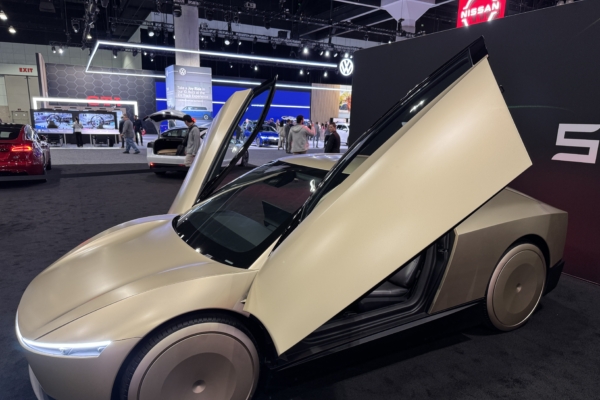Tesla CEO Elon Musk confirmed on Tuesday that the company will deploy its first fleet of robotaxis on the streets of Austin, Texas before the end of June.
During an interview with CNBC reporter David Faber at Tesla’s headquarters in Austin, Musk revealed that their goal is to introduce the robotaxi service in Austin initially and then expand the self-driving taxi service to major cities in California such as Los Angeles and San Francisco.
Musk stated that Tesla’s robotaxi service will debut in Austin with around ten vehicles initially, and if all goes well without any incidents, the service will quickly expand to thousands of cars.
Since 2016, Musk has been promising Tesla investors, customers, and fans that the company is on the verge of releasing a self-driving car that can safely transport passengers without human intervention or control of the steering wheel.
“For us, the cautious approach is to start small, ensure things progress smoothly, and then scale up,” said Musk.
Tesla mentioned that their robotaxi initially will utilize the Model Y model equipped with an upcoming version of Full Self-Driving (FSD) called “FSD Unsupervised.”
Alphabet Inc.’s subsidiary Waymo is currently operating commercial autonomous ride-hailing services in several markets across the United States. In a recent earnings call, Alphabet reported that Waymo is conducting approximately 250,000 paid trips per week.
Musk explained that initially, Tesla will impose “geofencing” restrictions on the robotaxis in Austin, meaning that these vehicles will only operate in specific areas. However, he assured that there will be no human safety drivers inside the cars.
He added that Tesla employees will remotely monitor this fleet of vehicles.
“We will closely monitor what these vehicles are doing, and as confidence grows, the need for monitoring will decrease,” said Musk.
Musk has previously stated that Tesla’s “generalized” approach to robotaxis is more ambitious than Waymo’s method. Tesla relies mainly on camera-based systems and computer vision rather than complex sensors including LiDAR and radar.
These sensors are costly and could hinder mass production and global fleet expansion of robotaxis, according to Musk.
“What will truly work for the road system is artificial intelligence, neural networks, and cameras,” Musk stated on Tuesday.
(This article references CNBC’s report)

